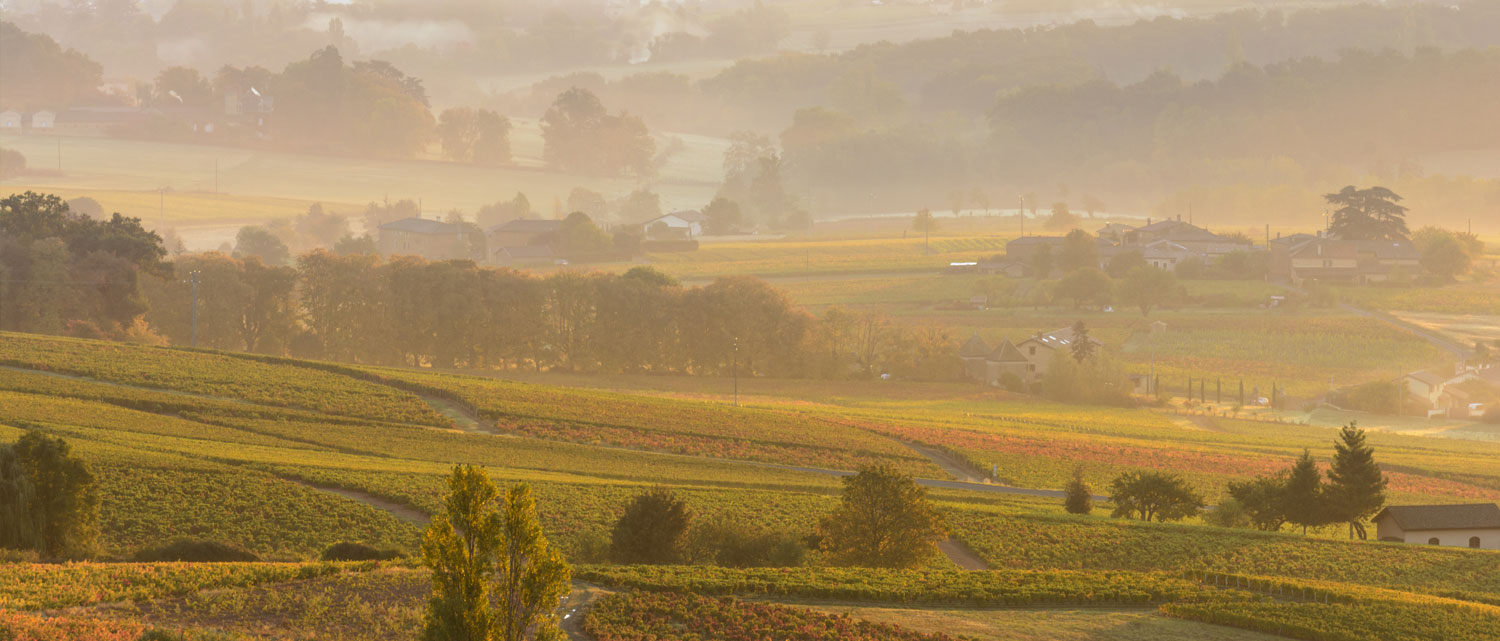
The region boasts a long and proud history with winemaking certainly established in Roman times, possibly earlier. Its location immediately to the north of Lyon and the proximity of both the Saône and Rhône rivers enabled its wines to find a strong market and to travel easily. By the 14th century, the powerful Dukes of Burgundy felt so threatened by their southern neighbours as to take the step of banning the Gamay grape from their vineyards.
In more recent times, winemaking in Beaujolais became heavily industrialised, its vineyards allowed to sprawl too far south onto flatter, sandier land and its wines being produced in enormous quantities, with widespread use of agrochemicals, to the long-term detriment of the soils. The success of ‘Beaujolais Nouveau’, the wine equivalent of fast food, was so all-encompassing that in its heyday, more than half of the total production of an area in excess of 15,000 hectares was dedicated to this one product. The ‘Beaujolais Run’ was a marketing monster, making international news headlines in a way that no wine has ever done since and emblematic of the worst excesses of the era.
Nouveau collapsed in the 1990s but the damage is still felt today: say the word ‘Beaujolais’ and it can still evoke negative connotations for far too many people. A process of rebuilding the image has been underway for quite some time, spearheaded by a small group of dedicated, talented vignerons who only now are starting to receive deserved acclaim for their work.
At their best, the wines of Beaujolais are joyful expressions of this beautiful land and encompass both wines for short-term pleasure and for ageing in the cellar. The best examples undoubtedly come from the ten designated ‘crus’, areas such as Moulin à Vent, Fleurie, Morgon and Côte de Brouilly which as recently as the 1950s fetched very similar prices to the best sites of the Côte d’Or. The complex array of granitic and schistous soils in the region, the rolling hills, the heritage of old vines and the gift of Gamay, a distinctive variety with a unique flavour profile, mean that the ingredients are all there for quality wines to be produced. The element that must bring it all together is the same as the one which nearly destroyed it- human beings. Today, a new generation has a new vision for the region: Beaujolais is on the rise again and wine lovers are rediscovering its beauties.